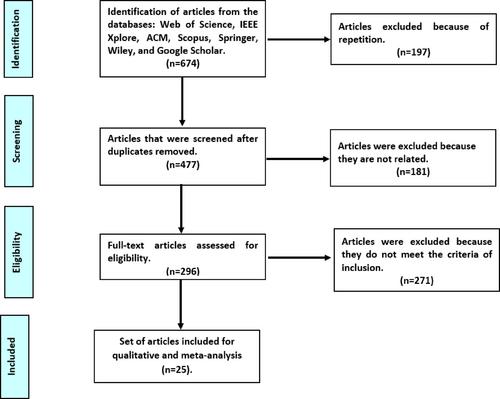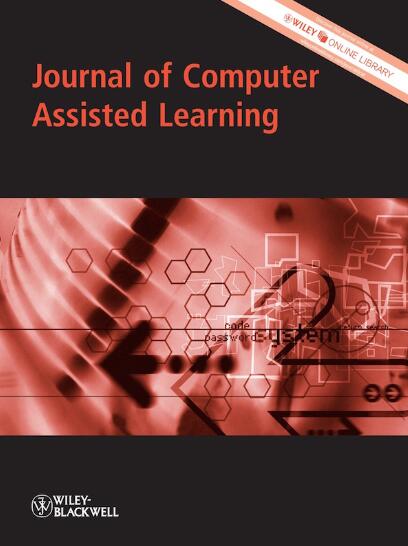Using learning analytics to measure self-regulated learning: A systematic review of empirical studies in higher education
Abstract
Background
Measuring students' self-regulation skills is essential to understand how they approach their learning tasks in order to identify areas where they might need additional support. Traditionally, self-report questionnaires and think aloud protocols have been used to measure self-regulated learning skills (SRL). However, these methods are based on students' interpretation, so they are prone to potential inaccuracy. Recently, there has been a growing interest in utilizing learning analytics (LA) to capture students' self-regulated learning (SRL) by extracting indicators from their online trace data.
Objectives
This paper aims to identify the indicators and metrics employed by previous studies to measure SRL in higher education. Additionally, the study examined how these measurements were validated.
Methods
Following the protocol of Preferred Reporting Items for Systematic Reviews and Meta-Analyses (PRISMA), this study conducted an analysis of 25 articles, published between 2015 and 2022, and sourced from major databases.
Results and Conclusions
The results showed that previous research used a variety of indicators to capture learners' SRL. Most of these indicators are related to time management skills, such as indicators of engagement, regularity, and anti-procrastination. Furthermore, the study found that the majority of the reviewed studies did not validate the proposed measurements based on any theoretical models. This highlights the importance of fostering closer collaboration between learning analytics and learning science to ensure the extracted indicators accurately represent students' learning processes. Moreover, this collaboration can enhance the validity and reliability of data-driven approaches, ultimately leading to more meaningful and impactful educational interventions.


 求助内容:
求助内容: 应助结果提醒方式:
应助结果提醒方式:


